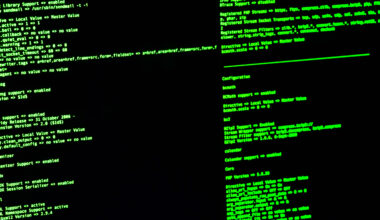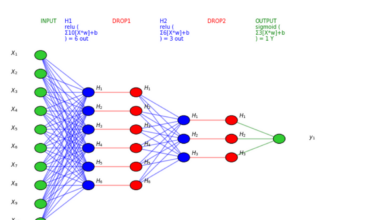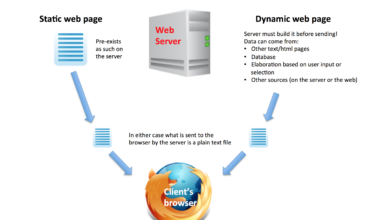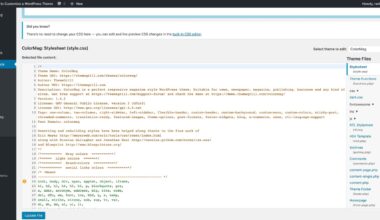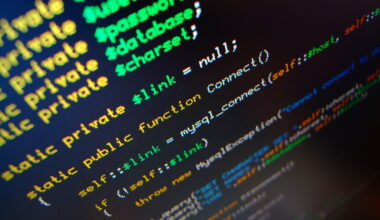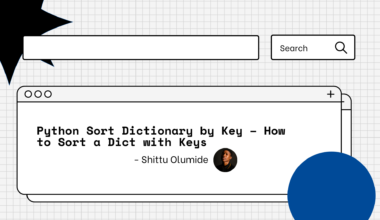Introduction to PHP User Authentication
As a website developer, it is essential to ensure that the site you are building is secure and that user data is protected. One of the most crucial aspects of website security is user authentication. PHP is a popular programming language that is widely used to create dynamic and interactive websites. In this article, we will be discussing PHP user authentication and how to build safe and secure sites.
PHP user authentication refers to the process of verifying the identity of a user who is attempting to access a website or web application. It involves asking the user to provide credentials such as a username and password, which are then compared to the information stored in a database. If the credentials match, the user is granted access to the site. Otherwise, access is denied.
A secure authentication process is essential for protecting user data and preventing unauthorized access to a website. Without proper authentication, attackers can gain access to sensitive information, such as user passwords, and use it for malicious purposes. Therefore, it is crucial to implement best practices for PHP user authentication.
In the next section, we will discuss the importance of secure authentication and why it should be a top priority for website developers.
Importance of Secure Authentication
Secure authentication is crucial for protecting user data and preventing unauthorized access to a website. It is the first line of defense against cyber attacks and is essential for maintaining the trust of users. Here are some reasons why secure authentication should be a top priority for website developers:
1. Protection of User Data: User data is one of the most valuable assets of a website. By implementing secure authentication, developers can protect sensitive information such as passwords, email addresses, and personal details from being accessed by unauthorized users.
2. Prevention of Cyber Attacks: Cyber attacks such as phishing, brute force attacks, and SQL injection can compromise a website’s security and put user data at risk. Secure authentication can help prevent these attacks by verifying the identity of users and ensuring that only authorized users have access to the site.
3. Compliance with Regulations: Many regulatory bodies require websites to implement secure authentication to protect user data. Examples include the General Data Protection Regulation (GDPR) in Europe and the Health Insurance Portability and Accountability Act (HIPAA) in the United States.
4. Maintaining User Trust: Users expect their data to be protected when they use a website or web application. By implementing secure authentication, developers can build trust with users and ensure that they feel comfortable sharing their information on the site.
To implement secure authentication, developers should follow best practices such as using strong passwords, encrypting sensitive data, limiting login attempts, and implementing multi-factor authentication. By prioritizing secure authentication, developers can build safe and secure sites that protect user data and maintain user trust.
In the next section, we will discuss some common authentication vulnerabilities that developers should be aware of to ensure the security of their sites.
Best Practices for PHP User Authentication
Implementing secure authentication is crucial for ensuring the safety of user data and preventing unauthorized access to a website. Here are some best practices that website developers should follow when implementing PHP user authentication:
1. Use Strong Passwords: Encourage users to create strong passwords that are at least eight characters long and contain a mix of uppercase and lowercase letters, numbers, and special characters. Implement password policies that require users to change their passwords regularly and prevent them from using commonly used passwords.
2. Encrypt Sensitive Data: Store sensitive data such as passwords, email addresses, and personal information in an encrypted format. This helps protect the data from unauthorized access in case of a data breach.
3. Limit Login Attempts: Implement measures that limit the number of login attempts a user can make within a specific time frame. This helps prevent brute force attacks that attempt to guess a user’s password.
4. Implement Multi-Factor Authentication: Implement multi-factor authentication that requires users to provide additional information, such as a code sent to their phone or email, in addition to their password. This adds an extra layer of security and makes it harder for attackers to gain access to a user’s account.
5. Use HTTPS: Implement HTTPS on your website to ensure that user data is transmitted securely. HTTPS encrypts data in transit and helps prevent man-in-the-middle attacks.
6. Avoid Storing Passwords in Plain Text: Never store passwords in plain text format as it makes it easy for attackers to gain access to user passwords in case of a data breach. Instead, use one-way hashing algorithms to store passwords securely.
By following these best practices, website developers can build safe and secure sites that protect user data and prevent unauthorized access. It is also important to regularly update security measures and stay informed about the latest authentication vulnerabilities.
In the next section, we will discuss some common authentication vulnerabilities that developers should be aware of to ensure the security of their sites.
Common Authentication Vulnerabilities
Despite the importance of secure authentication, many websites still suffer from vulnerabilities that can be exploited by attackers. Here are some common authentication vulnerabilities that website developers should be aware of:
1. Weak Passwords: Weak passwords are one of the most common authentication vulnerabilities. Users often choose passwords that are easy to guess or reuse passwords across multiple sites. Attackers can use brute force attacks or password cracking tools to guess weak passwords and gain access to user accounts.
2. Session Hijacking: Session hijacking occurs when an attacker steals a user’s session ID and uses it to impersonate the user. This can happen if the session ID is transmitted over an insecure connection or if the session ID is stored in an easily accessible location.
3. Cross-Site Request Forgery (CSRF): CSRF occurs when an attacker tricks a user into performing an action on a website without their knowledge or consent. This can happen if a website does not properly validate requests or if a user is logged in to the site while visiting a malicious site.
4. SQL Injection: SQL injection occurs when an attacker injects SQL code into a website’s login form or other input fields. This can allow the attacker to bypass authentication and gain access to sensitive information or user accounts.
5. Brute Force Attacks: Brute force attacks involve attempting to guess a user’s password by trying a large number of possible combinations. Attackers can use automated tools to conduct brute force attacks and gain access to user accounts.
To prevent these vulnerabilities, website developers should follow best practices such as using strong passwords, implementing multi-factor authentication, and encrypting sensitive data. They should also regularly test their authentication systems for vulnerabilities and stay informed about the latest security threats.
In addition, developers should use frameworks and libraries that provide built-in security features for authentication. Examples include the Laravel framework and the PHP Password Hashing Functions library. These tools can help developers implement secure authentication practices and prevent common vulnerabilities.
In conclusion, website developers must prioritize secure authentication to protect user data and prevent unauthorized access to their sites. By following best practices and staying informed about common vulnerabilities, developers can build safe and secure sites that users can trust.
Final Thought: Ensuring Security for Users and Sites
Implementing secure authentication is a crucial step towards ensuring the safety of user data and preventing unauthorized access to a website. As a website developer, it is your responsibility to ensure that your site is secure and that user data is protected. By following best practices for PHP user authentication and staying informed about common vulnerabilities, you can build safe and secure sites that users can trust.
It is important to understand that security is not a one-time effort but an ongoing process. Regularly auditing your authentication system for vulnerabilities and updating your security measures is essential for maintaining the security of your site. You should also stay informed about the latest security threats and ensure that your authentication system is up-to-date with the latest security patches and updates.
In addition, educating your users about the importance of secure authentication and encouraging them to follow best practices can also help prevent security breaches. You should provide clear instructions on how to create strong passwords, enable multi-factor authentication, and avoid common security pitfalls such as using public Wi-Fi networks.
In conclusion, implementing secure authentication is a critical step towards building safe and secure sites. By prioritizing user security and following best practices for PHP user authentication, you can protect user data, prevent unauthorized access, and build trust with your users. Stay vigilant, stay informed, and make security a top priority for your website or web application.














